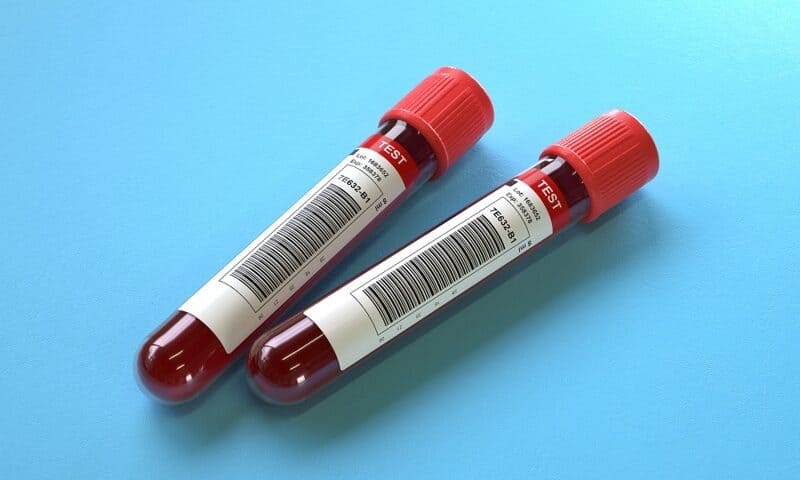A new blood test for Alzheimer’s disease has shown it can be just as accurate or better than the current standards for diagnosis, performing nearly on par with potentially expensive PET brain scans and invasive spinal taps for cerebrospinal fluid.
Presented at the Alzheimer’s Association International Conference, multiple researchers debuted studies demonstrating how certain proteins found in the bloodstream could warn of the neurodegenerative disease—including up to two decades before any outward signs of dementia.
One particular form of the tau protein, which clusters together to create tangles within neurons and causes the cellular malfunctions that lead to Alzheimer’s and cognitive decline, was found to be the one of the earliest to show changes. Known as p-tau217, the protein’s levels also appeared to correlate with amyloid proteins, which form the plaque deposits that can also interfere with brain function.
An international team of researchers—including scientists from Lund University in Sweden and Banner Alzheimer’s Institute in the U.S., plus the drugmaker Eli Lilly and others—studied more than 1,400 cases and a number of experimental biomarkers.
They found that p-tau217 was specific to Alzheimer’s and that blood tests were able to distinguish the disease from other neurodegenerative disorders 89% to 98% of the time.
It was also more accurate than tests for the proteins p-tau181 or neurofilament light chain and outperformed MRI scans and tests gauging the ratio of amyloid beta 42 to 40 in both blood and cerebrospinal fluid.
The researchers found that p-tau217 levels were about sevenfold higher in people with Alzheimer’s and that, in people carrying a gene associated with the disease, those levels began to increase 20 years before signs of cognitive impairment as plaques and tangles begin to slowly build up within the brain.
“This test, once verified and confirmed, opens the possibility of early diagnosis of Alzheimer’s before the dementia stage, which is very important for clinical trials evaluating novel therapies that might stop or slow down the disease process,” said study leader Oskar Hansson of Lund University.
In addition, p-tau217 also identified people who had plaques and tangles without showing any signs of Alzheimer’s, until the changes in brain were confirmed from tissue samples taken after death.
“There is an urgent need for simple, inexpensive, non-invasive and easily available diagnostic tools for Alzheimer’s,” said Maria Carrillo, chief science officer of the Alzheimer’s Association. “New testing technologies could also support drug development in many ways. For example, by helping identify the right people for clinical trials, and by tracking the impact of therapies being tested.”
“While these new reports are encouraging, these are early results, and we do not yet know how long it will be until these tests are available for clinical use,” said Carrillo. “They need to be tested in long-term, large-scale studies, such as Alzheimer’s clinical trials. In addition, we need to continue research to refine and verify the tests that are the current state-of-the-art—including cerebrospinal fluid and PET imaging biomarkers.”
A separate study by researchers at the Washington University School of Medicine in St. Louis further mapped the p-tau217 protein and its connections to amyloid plaques. They also found that measuring several forms of p-tau and amyloid in the bloodstream over time could help track the stages of Alzheimer’s progression.
“This is just an exploratory study, but we think phosphorylated tau 217 is a promising target for an early diagnostic test,” said Nicolas Barthélemy, a neurology instructor at the university’s school of medicine. “There was a large difference between the amyloid-positive and amyloid-negative groups, even amongst people who were cognitively normal.”
“We did have to use a large volume of blood in this study, but we’re working on reducing the volume,” Barthélemy added. “Once we improve the way we are preparing and concentrating the sample, we will be a step closer to developing a tau-based blood test that can identify people at risk of developing Alzheimer’s dementia before symptoms arise.”
The researchers recently launched the Study to Evaluate Amyloid in Blood and Imaging Related to Dementia, or SEABIRD, with plans to enroll more than 1,100 participants from the greater St. Louis region.

